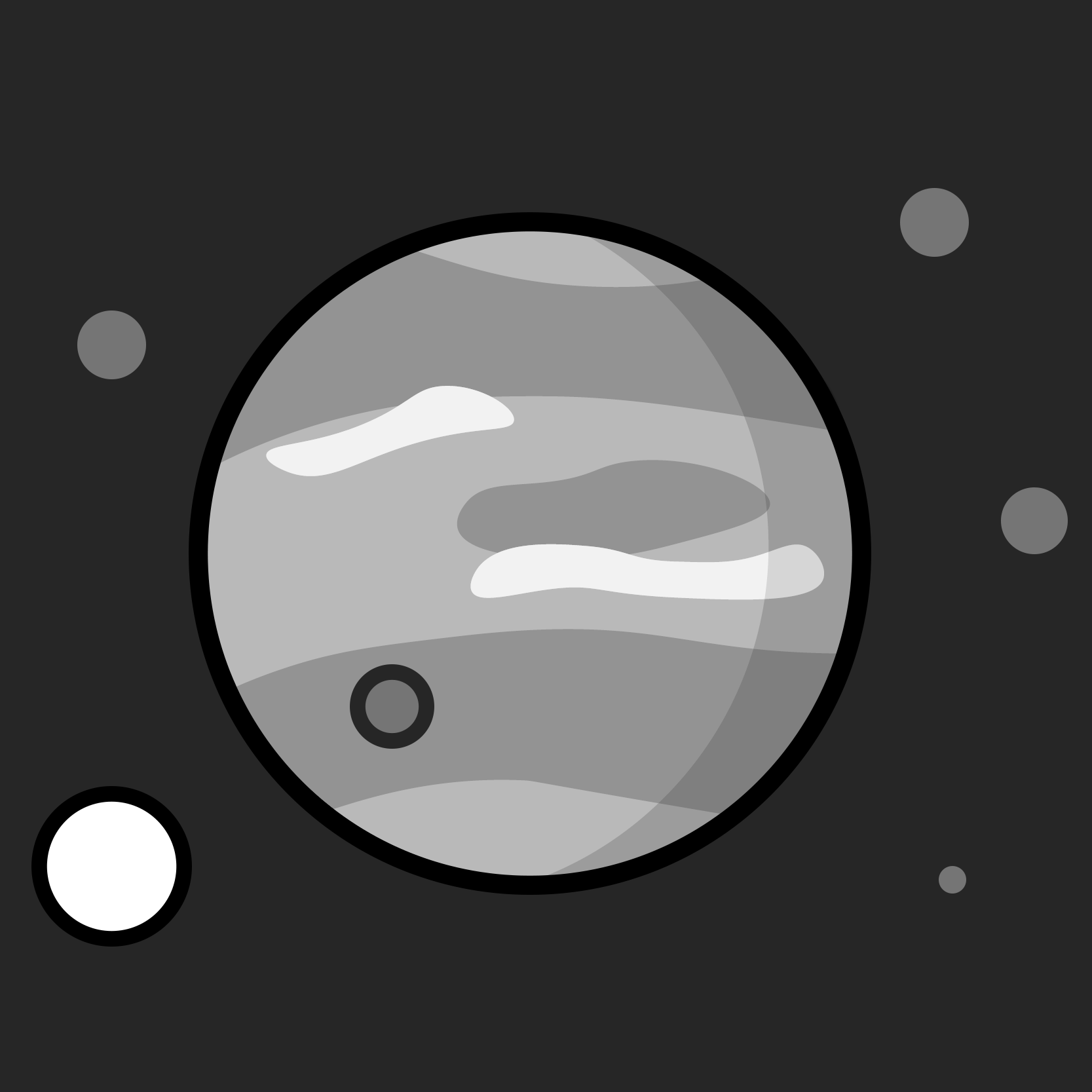Halimede, a moon of Neptune
9,774,150 miles
39 miles
Halimede is a moon of Neptune. It has a diameter of 62 kilometres (39 miles). It orbits at an average distance of 15.7 million kilometres (9.8 million miles) from Neptune, taking 1,880 Earth days to complete a full journey around the planet. It is the tenth moon in distance from Neptune.
Halimede was discovered on 14th August 2002 by teams of astronomers led by Matthew Holman and John Kavelaars. Their discovery was as part of a project to search for distant moons of Neptune. In the summer of 2001, they obtained images of areas around Neptune where moons may be located using the Cerro Tololo Inter-American Observatory and Canada-France-Hawaii Telescope. They detected six potential objects, and repeated the search again in August 2002 and August 2003, to confirm their findings. Five of those six new moons were seen again, including the moon that is now known as Halimede. The other moons discovered through this method are Sao, Laomedeia, Psamathe and Neso.
Halimede is classed as an irregular retrograde moon. An irregular moon usually refers to a moon that has been captured by a planet's gravity rather than one which formed around it. It doesn't necessarily refer to the moon's shape, although Halimede is indeed an irregular shape. A retrograde moon is one that orbits in the opposite direction of its host planet's rotation. It's likely that Halimede was originally an asteroid or an object that formed in the Kuiper Belt.
In Greek mythology, Halimede is one of the Nereids, one of 50 daughters of Nereus and Doris. The Nereids are kind and helpful sea nymphs. The moon's name was announced on 3rd February 2007. Its provisional name was S/2002 N 1. It may also be referred to as Neptune IX.






